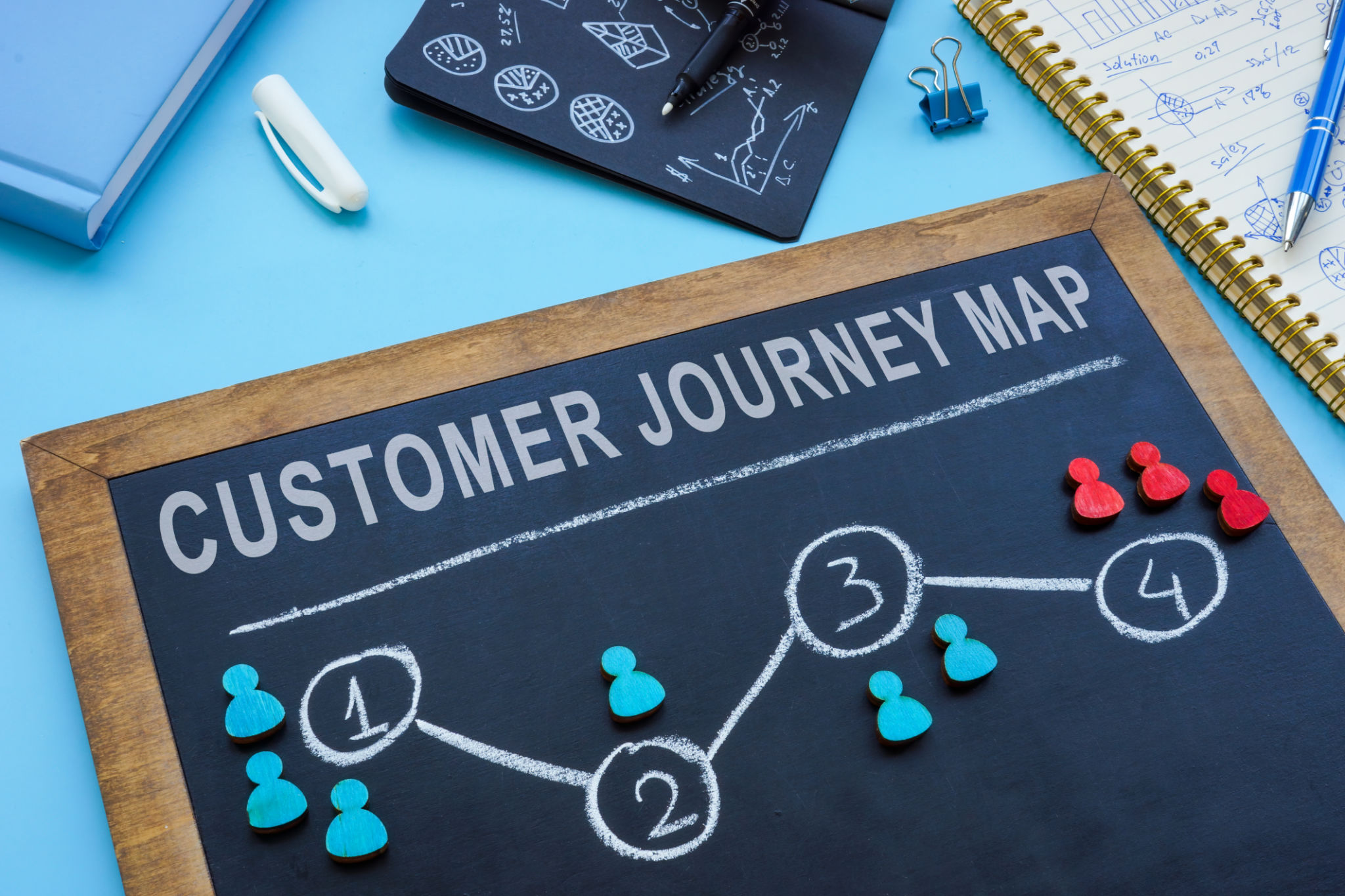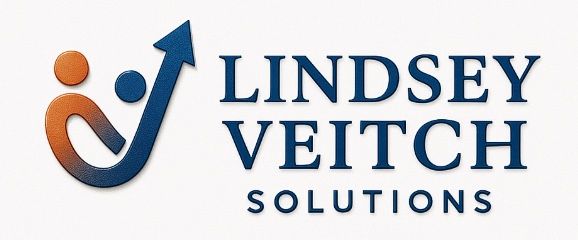Effective Customer Onboarding: A Step-by-Step Guide for US Businesses
Introduction to Customer Onboarding
Customer onboarding is a critical phase for US businesses seeking to establish long-term relationships with their clients. An effective onboarding process helps to ensure that customers feel valued from the start, leading to increased satisfaction and loyalty. In this guide, we will explore the steps necessary to create an efficient and welcoming onboarding experience.

Understanding Your Customer's Needs
Before you can design an effective onboarding process, it's essential to understand the specific needs and expectations of your customers. This involves conducting thorough research, including surveys and interviews, to gather insights about what your customers value most. By understanding their pain points and preferences, you can tailor your onboarding process to meet their unique requirements.
Gathering Customer Data
Use various data collection methods such as questionnaires, feedback forms, and direct communication to gather detailed information about your customers. This data will serve as the foundation for creating a personalized onboarding experience that resonates with your audience.
Designing a Seamless Onboarding Process
An effective onboarding process should be intuitive and straightforward, minimizing any potential friction points. To achieve this, map out each step of the journey from the customer's perspective and identify areas that may require additional support or clarification.

Key Components of Onboarding
Consider incorporating the following elements into your onboarding process:
- Welcome communications: Send a personalized welcome message to set the tone for the relationship.
- User guides and tutorials: Provide easy access to resources that help customers understand how to use your product or service effectively.
- Regular check-ins: Schedule follow-up communications to address any questions or concerns promptly.
Leveraging Technology for Better Onboarding
Incorporating technology into your onboarding process can enhance efficiency and engagement. Tools such as automated emails, CRM systems, and interactive tutorials can streamline communication and provide valuable insights into customer behavior.
Choosing the Right Tools
Select tools that align with your business goals and customer preferences. For example, using a customer relationship management (CRM) system can help track customer interactions and personalize future communications.

Measuring Onboarding Success
To ensure your onboarding process is effective, it's crucial to establish metrics for success. These might include customer satisfaction scores, retention rates, and time-to-value metrics. Regularly review these metrics to identify areas for improvement and make data-driven decisions.
Continuous Improvement
Encourage feedback from customers throughout their onboarding journey. Use this feedback to refine and enhance your process continually, ensuring it remains relevant and effective in meeting customer needs.
Conclusion
An effective customer onboarding process is vital for building strong relationships with your clients from the outset. By understanding customer needs, designing a seamless process, leveraging technology, and measuring success, US businesses can create an onboarding experience that fosters loyalty and drives growth. Start optimizing your onboarding process today to see a meaningful impact on your customer retention and satisfaction rates.
